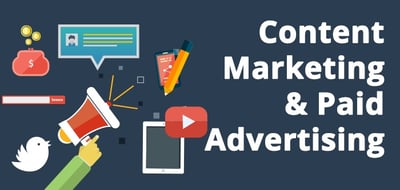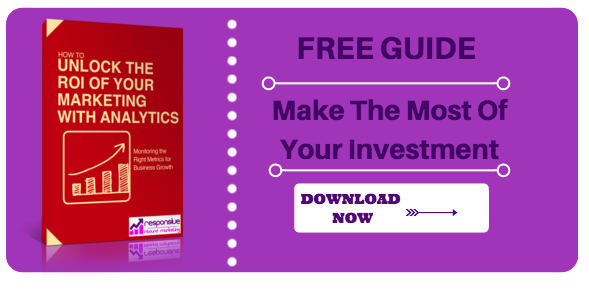 While there are arguments for and against both, content marketing and paid advertising can be equally effective. Depending on your budget, your business may prefer to use one or a combination of both to achieve your goals. Here is a look at how the ROI of content marketing stacks up against the ROI of pay-per-click advertising.
While there are arguments for and against both, content marketing and paid advertising can be equally effective. Depending on your budget, your business may prefer to use one or a combination of both to achieve your goals. Here is a look at how the ROI of content marketing stacks up against the ROI of pay-per-click advertising.
Content Remains Critically Important
When comparing the return on investment, the biggest difference is that paid advertising costs significantly more than content marketing. And, it turns out the most people prefer content as a means of discovery.
According to Inc., 70% of people would rather learn about products through content. And 68% of consumers spend time reading content from a brand they’re interested in. Why? Because content builds trust and if your reputation is built on quality content readers are more likely to view you as a reputable brand.
Content and Cash Flow
Beyond building trust, the biggest benefit of content marketing is minimal up-front costs. Besides the cost of your marketing staff and web hosting, content marketing does not require you to have a huge budget for it to be effective.
Content comprises web content, blog posts, email, social media, white papers, and additional resources. But, to get the best return on your content, you must promote and distribute it through appropriate channels.
There are myriad content distribution channels for you to choose from, including your email list, social media, blogging opportunities, and earned media. you invested in the creation of the content.
On the other hand, while paid advertising can yield excellent results, it does require a continuous flow of budgetary funds.
Paid Adverting is Just That
When examining paid advertising or PPC ads, the biggest hindrance to many businesses, particularly small businesses, is that you have to pay for them…and keep paying for them. It’s important to remember that you have to pay every time someone clicks on an ad, regardless of whether or not they leave your sight after 5 seconds or if it results in a lead. And once you stop paying for ads? Poof! They are gone, whereas content lives on.
The initial and continual costs of paid advertising are general what really hit the ROI. Remember, you are measuring the return on investment, so the higher the investment, so must the return be higher for it to make financial sense.
Is Native Advertising Paid Content?
The latest trend in paid advertising is “native advertising,” which seems like an attempt to bridge the gap between content and ads. Although the content is targeted to the audience, it is still a form of paid adverting. However, due to the fact that it “blends” in as opposed to “traditional” online advertising, many people tend to mistake it for content and it is seeing a surge in popularity. The entire point of native advertising is that it “follows the natural form and function of the user experience in which it is placed” (Sharethrough).
Now that paid advertising is evolving, there are more channels to explore. Gone are the days of just Google Ads, we now have promoted tweets, Facebook posts, and pins. Again, all intended to blur the line between content and ad, which circles back to the effectiveness of content marketing. When it comes to the best ROI, native advertising seems to offer the best return for financial output. But, as readers become more savvy, it may see a drop in status.
It Comes Full Circle
If you have the budget to support it, paid advertising can certainly be an effective approach to gaining leads. However, with so many new avenues, it is critical to compare options and select the one that will deliver the best ROI. And, even if you are paying for ads, you should deploy them in conjunction with content marketing, to gain the best possible leads and be able to compare the results.
